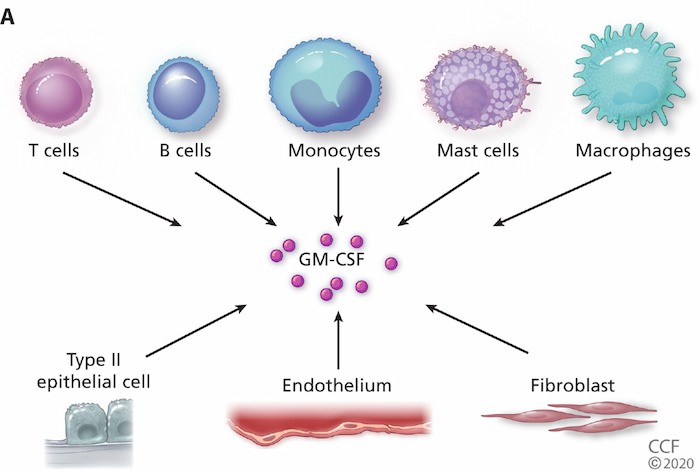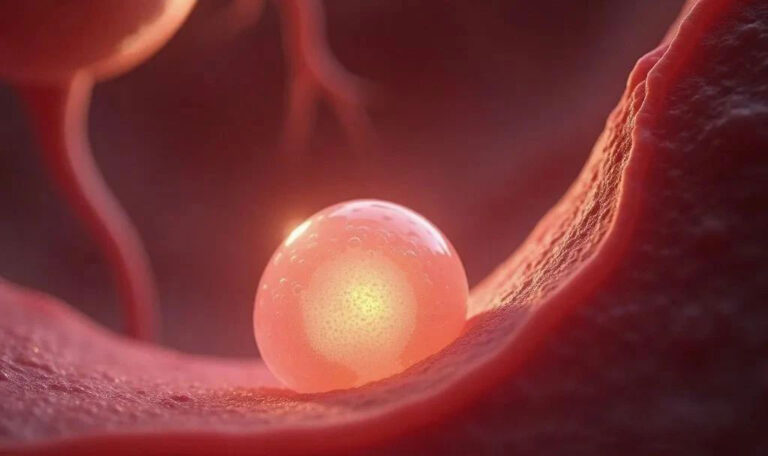2025Must-read for Kyrgyz surrogate mothers: How G-CSF breaks through stubborn endometrial thinning challenges and improves pregnancy success rates

I. Thin endometrium: a common challenge for Kyrgyz surrogate mothers
For Kyrgyz surrogate mothers who choose assisted reproductive technology, thin endometrium is one of the core issues that lead to repeated implantation failures. Normal endometrial thickness needs to be 7mm or more to provide an ideal environment for embryo implantation, but some surrogate mothers struggle to meet this standard even with estrogen supplementation, vasodilators (such as sildenafil), or lifestyle modifications, ultimately affecting pregnancy outcomes.
In recent years, the international field of reproductive medicine has proposed an innovative therapy, granulocyte colony-stimulating factor (G-CSF), for recalcitrant thin endometrium. Several studies have confirmed that G-CSF improves endometrial thickness and tolerance through a multidimensional mechanism, making it the drug of choice for such patients.
Ⅱ. the mechanism of action of G-CSF: why is it the drug of choice?
- Regulating estrogen receptor activity and breaking through hormone resistance
The failure of traditional estrogen therapy is often related to the down-regulation of estrogen receptor expression in the endometrium, and G-CSF enhances the biological effects of estrogen by activating the relevant signaling pathways, significantly increasing estrogen levels in the endometrial tissue and repairing receptor function.11 Animal experiments have shown that the endometrial estrogen levels of mice treated with G-CSF can be restored to normal, creating the basis for embryo implantation1 . create basic conditions for embryo implantation1. 2. promote angiogenesis and improve endothelialization
- Promote angiogenesis and improve endometrial blood flow
Thin endometrium is often associated with insufficient blood flow, and G-CSF can upregulate the expression of vascular endothelial growth factor (VEGF) to stimulate neovascularization and increase endometrial blood supply. This mechanism is similar to that of vasodilators such as sildenafil, but the effect of G-CSF is more long-lasting and comprehensive112.
- Immunomodulation and embryo-endometrial “dialog”
G-CSF plays a key role in the immune interaction between the embryo and the endometrium. Studies have shown that women with successful pregnancies have significantly higher levels of G-CSF in their menstrual blood, suggesting that it enhances the endometrium’s ability to “recognize” high-quality embryos, regulates the local immune microenvironment, and reduces embryo rejection.

Ⅲ.Clinical evidence: results of G-CSF in surrogate mothers in Kyrgyzstan
- Milestone studies: from 4 successful cases to large-scale validation
Initial study (2011): for 4 patients with recalcitrant thin endometrium (endometrial thickness <7mm), after intrauterine instillation of 300 μg/ml of G-CSF 48 hours prior to implantation, the endometrial thickness increased to 7.3-10.22mm in all patients, and ultimately, all 4 cases had successful pregnancies.
Extension study (21 cases): further validation revealed that the embryo implantation rate in the G-CSF group was significantly higher than that in the control group, especially in the patients with higher levels of follicular fluid G-CSF, the live birth rate was up to 38%, compared with only 5% in the low level group.
- Key associations between dose and efficacy
Effective dose: A single uterine infusion of 300 μg/ml has been proven to be the ideal regimen, significantly improving endometrial thickness and pregnancy rates.
Safety: up to now, no serious side effects have been reported with G-CSF treatment, only a few patients may experience mild abdominal pain or transient bleeding without special treatment.
IV. Comprehensive comparison between G-CSF and other therapies
- Difference with traditional estrogen therapy
Although estrogen is the first-line drug, it has limited effect on patients with abnormal receptor function, G-CSF can make up for this defect through multi-target regulation, especially for hormone-resistant patients.
- Long-term effects superior to vasodilators
Although sildenafil and other drugs can improve blood flow in the short term, they cannot repair the endothelial structure, while G-CSF can promote neovascularization and glandular proliferation to achieve continuous thickening of the endothelium.
- Comparison with PRP intrauterine perfusion
Although PRP (platelet-rich plasma) contains growth factors, its composition is complicated and its efficacy varies greatly among individuals, while G-CSF is easier to be applied in a standardized way due to its clear composition and mechanism of action.
V. Implementation process of G-CSF in surrogate mothers in Kyrgyzstan
- Indications screening
Repeated implantation failure (≥2 embryo transfers without implantation)
Persistent endometrial thickness <7 mm and unresponsive to estrogen therapy
Exclusion of organic pathology such as uterine adhesions
- Treatment program design
Timing: uterine perfusion 48 hours before implantation
Dose: 300 μg/ml, single administration
Postoperative care: bed rest for 10 minutes, avoid sexual intercourse, keep vulva clean

VI. Future prospects: potential breakthroughs in precision medicine and G-CSF
Although G-CSF has demonstrated significant efficacy, the optimal population for its application needs to be further defined. Future research may focus on:
Biomarker screening: personalized treatment by detecting endometrial G-CSF receptor expression levels.
Combination therapy exploration: synergy of G-CSF with growth hormone or stem cell therapy.
VII. Conclusion
For Kyrgyz surrogate mothers, G-CSF is the treatment of choice for recalcitrant endometrial thinning due to its multi-mechanism repair capacity and high safety profile. Through cutting-edge international clinical practice, this therapy has helped many patients break through the fertility bottleneck and ultimately achieve a successful pregnancy. In the future, with the development of precision medicine, the application of G-CSF will be even more extensive, bringing hope to more families!
(Note: The content of this article is based on international clinical research and consensus in reproductive medicine, and specific treatment plans should be implemented under the guidance of specialized doctors.)






